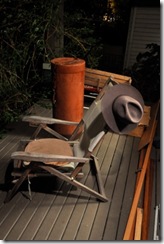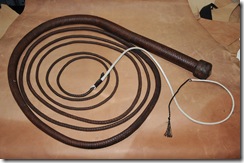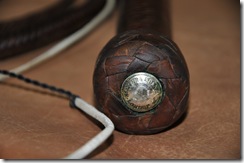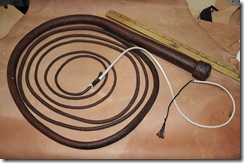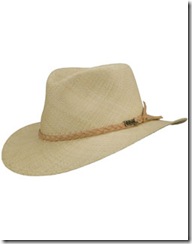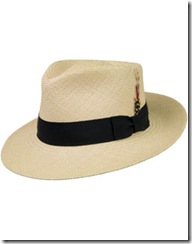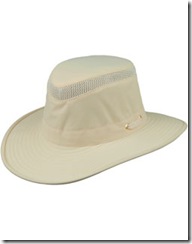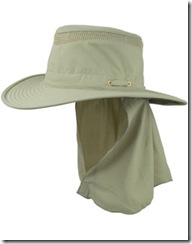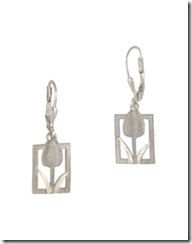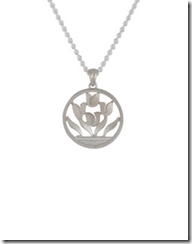David Morgan’s silver jewelry is made using one of two methods: stamping or lost wax casting. Both methods have their advantages, and each piece is designed with those advantages in mind.
Most of our Northwest Native-American jewelry is made by stamping the metal. First, a steel die with the piece’s reverse image is made. The die stamps down onto a pre-cut piece of silver and impresses the die’s image into the metal. This method also has the advantage of work hardening the metal. A work hardened metal is stronger and more resistant to wear. Once the piece is stamped, the recessed areas are antiqued. An oxidizing solution is applied to the metal which turns it dark. Since tarnish is an oxidized surface, antiquing metal is really just high-speed tarnishing. Finally the piece is polished.
While stamping provides crisp detail and relief, it does not allow for deeper three dimensional work and intricate detail. For that, lost wax casting is necessary.
Lost wax casting begins by covering a model of the desired piece with a mold. A tube is inserted with the model so that a passage into the mold is created. This is called a sprue. When the mold is hard, it is cut in half. This mold can be reused multiple times.
Next, wax is poured into the mold through the sprue. After it cools, the mold is opened and the jeweler now has a wax replica of the original piece. The replica is coated with a slurry of silica and dried. Once dry, it is heated until the slurry coating is hardened and the melted wax runs out or is burned away. The result is a mold capable of withstanding the heat of molten metal. For greater efficiency, the wax replicas are often joined together into a ‘tree’.
The slurry mold is placed in a bed of heated sand into which the metal is poured. Once cooled, the mold is broken off or dissolved in water and a metal replica, complete with spruing is the result. If the replicas were joined together into a tree, the individual pieces are cut away and the sprues are removed to be used in another process.
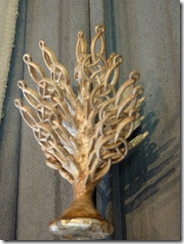
A tree of Everlasting Love pendants after casting.
The final steps are to remove oxidation and any signs of casting via sand blasting and hand polishing.
LEARN MORE ABOUT:
Pacific Northwest Indian Jewelry
Celtic Jewelry
Jewelry FAQs












